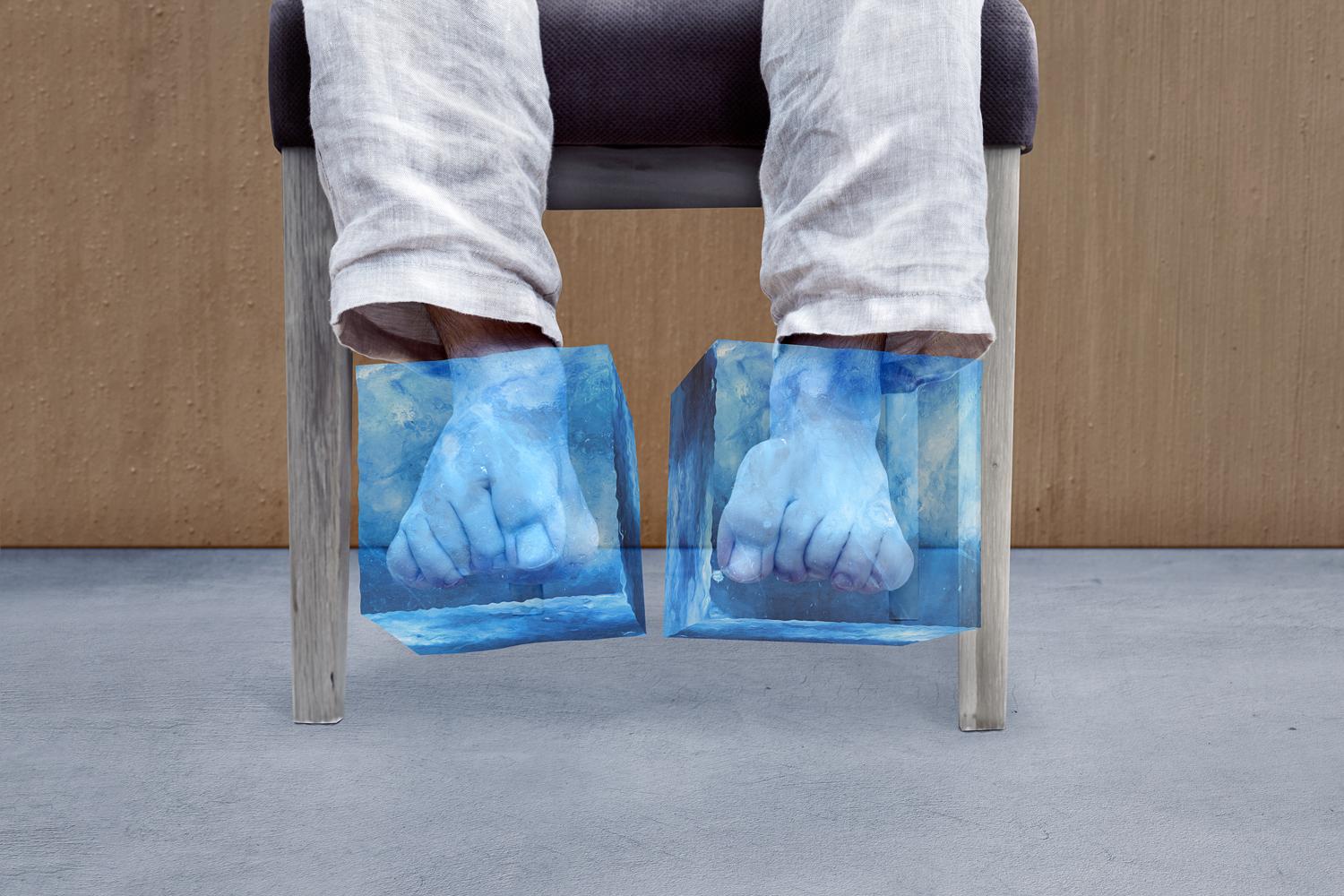Cold feet syndrome, a common yet often overlooked condition, affects numerous individuals worldwide. Characterized by a persistent feeling of coldness in the feet, it can range from a mild annoyance to a symptom of more serious health issues. This article aims to shed light on the causes and symptoms of cold feet syndrome, helping readers to better understand and manage this condition.
What is Cold Feet Syndrome?
 Cold feet syndrome refers to a condition where the feet feel abnormally cold, often without an apparent reason. Unlike the temporary coldness experienced during chilly weather, this syndrome persists regardless of the external temperature or the warmth of footwear.
Cold feet syndrome refers to a condition where the feet feel abnormally cold, often without an apparent reason. Unlike the temporary coldness experienced during chilly weather, this syndrome persists regardless of the external temperature or the warmth of footwear.
Symptoms of Cold Feet Syndrome
The primary symptom is a constant sensation of cold feet. However, other symptoms may accompany this sensation, including:
- Numbness or tingling in the feet
- Changes in skin color, such as bluish or pale skin
- Swelling or cramping in the feet
- Slow wound healing on the feet
Common Causes of Cold Feet Syndrome
- Poor Circulation: One of the most common causes is poor blood circulation to the feet. Conditions like peripheral artery disease (PAD) or diabetes can reduce blood flow, making feet feel perpetually cold.
- Nerve Damage: Neuropathy, or nerve damage, often resulting from diabetes or other conditions, can disrupt the normal sensation in the feet, leading to a feeling of coldness.
- Hypothyroidism: An underactive thyroid can slow metabolism, reducing circulation and leading to cold feet.
- Raynaud’s Phenomenon: This condition causes small blood vessels to narrow, reducing blood flow to extremities and causing them to feel cold.
- Lifestyle Factors: Smoking, a sedentary lifestyle, and a poor diet can contribute to poor circulation, leading to cold feet.
- Stress and Anxiety: Stress can cause blood vessels to constrict, reducing circulation to the feet.
Diagnosing Cold Feet Syndrome
Diagnosis typically involves a physical examination and a review of medical history. Doctors may also recommend blood tests, Doppler ultrasound, or nerve function tests to identify underlying causes.
Managing and Treating Cold Feet Syndrome
The treatment for cold feet syndrome depends on the underlying cause. Some general tips for managing the condition include:
- Keeping Feet Warm: Use warm socks, heated insoles, or foot warmers.
- Regular Exercise: Physical activity can improve circulation.
- Healthy Diet: A diet rich in fruits, vegetables, and whole grains can boost overall health and circulation.
- Avoiding Smoking: Smoking constricts blood vessels and impairs circulation.
- Stress Management: Techniques like yoga, meditation, or deep breathing can help reduce stress.
When to See a Doctor
If cold feet are accompanied by symptoms like severe pain, changes in skin color, or open sores that don’t heal, it’s important to consult a healthcare professional. These could be signs of more serious conditions that require medical attention.
Conclusion
Understanding cold feet syndrome is the first step toward effective management. While often harmless, persistent cold feet can sometimes indicate underlying health issues. By recognizing the symptoms and causes, individuals can take proactive steps to address this condition and improve their overall foot health and comfort. Remember, when in doubt, always consult a healthcare professional for personalized advice and treatment.

